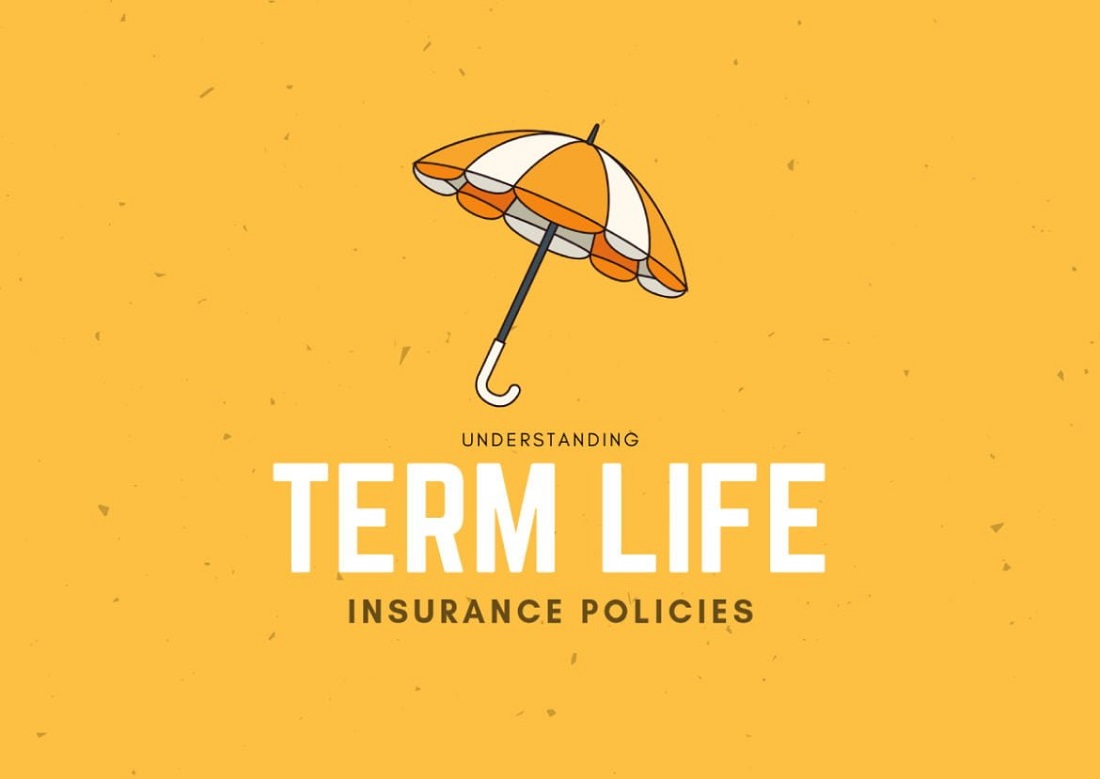The Topic This Post
- Breast cancer: risk factors
- Breast cancer prevention
- Healthy lifestyle
- How does the self-examination work?
- Cancer prevention and diagnosis: which tests?
- The breast examination
- Instrumental examinations
- Genetic tests
Every year, 55,000 new cases of breast cancer are diagnosed. It is, in fact, the most widespread type of cancer among the female population, which affects, in an almost transversal manner, women of all ages in the North more than in the South. Throughout life, one in eight women runs the concrete risk of being affected by this disease. Although it is the most frequent cancer, mortality from this carcinoma is decreasing in Italy. According to doctors, this is due to the spread of prevention practices for women and greater attention to early diagnosis.
So let’s see what the risk factors are and how to act concretely for the prevention of breast cancer.
BREAST CANCER: RISK FACTORS
The main risk factor for developing this cancer is age. The incidence curve grows exponentially until the menopause years, between the ages of 50 and 55, then slows down to go up again after the age of 60. The correlation between aging and breast cancer can be the result of the progressive deterioration of the DNA added to the individual endocrinological history of the woman, that is, to the number of hormonal stimuli that act on the breast tissue.
Age isn’t the only factor that can affect breast cancer. Familiarity and heredity are two equally crucial elements, also from a preventive point of view, so the woman who is aware of other cases of ovarian or breast cancer in the family should regularly monitor her health from a young age.
Other risk factors are:
- early menarche cousin
- nulliparità
- first pregnancy completed after 30 years
- failure to breastfeed
- low physical activity
- high consumption of alcohol and animal fats
- low consumption of vegetable fibers
- obesity
- metabolic syndrome
BREAST CANCER PREVENTION
According to the most recent data available, 692,000 women in Italy suffer from breast cancer. To prevent this number from growing exponentially and, above all, to increase life expectancy after diagnosis, it is essential to promote a breast cancer prevention strategy that starts from everyday life.
Consequently, it is important to follow some good practices that not only affect ourselves personally but also our children. For example, it is preferable to avoid unnecessary radiological examinations in girls, especially in the spine, while in menopause, an effective preventive strategy involves a low dose and a short period of administration of hormonal treatments.
HEALTHY LIFESTYLE
Breast cancer prevention also depends on lifestyle. Here then, it becomes essential to constantly exercise, follow a balanced diet low in sugar, fat, and alcoholic beverages, and avoid smoking (or quit smoking ). Some doctors suggest, for example, following the traditional Mediterranean diet and exercising, even light, for 30 minutes a day at least five times a week. In other words, prevention does not require us to become athletes but to adopt certain medicare habits that represent the cornerstones of healthy living.
HOW DOES THE SELF-EXAMINATION WORK?
Crucial from the perspective of the prevention of breast cancer is the ‘ self-examination, a form of self-examination that each woman can perform at home regularly starting at age 20. It consists of two phases:
- observation, which allows you to identify changes in the shape of the breast, nipples, and breast;
- real palpation through which it is possible to notice nodules or other non-visible changes.
Self-examination is essential because it allows you to immediately identify any changes that may require a consultation with a doctor and in-depth examinations. For greater safety, doctors and researchers recommend repeating the operation once a month between the seventh and fourteenth days of the cycle so as not to be fooled by the influence of hormonal changes.
After menopause and, in general, from the age of 40, self-examination is an essential tool for breast cancer prevention and must be repeated constantly, remembering that it is not enough to identify any cancer in time and, above all, starting from the age of 45/50 it is also necessary to combine regular cancer screening and specialist visits.
CANCER PREVENTION AND DIAGNOSIS: WHICH TESTS?
Prevention, in fact, also means regularly relying on specialists who know how to intervene, helping us to keep our bodies healthy. In particular, the most useful tools at our disposal are breast examination, some instrumental tests, and genetic tests. Let’s see specifically how they work and what is the purpose of each.
THE BREAST EXAMINATION
During a breast examination, a specialized doctor carries out a complete observation and analysis of the breast, starting from the patient’s medical history. The goal is to collect all the information that could be relevant to hypothesize an effective diagnosis: we then talk about the possible presence of cases of breast cancer in the family, the age of onset of the first menstrual cycle and menopause, pregnancies, diet, and lifestyle, hormonal therapies (oral contraceptives, hormone replacement therapies in menopause, etc.).
The breast specialist proceeds with the palpation of the breast and the detection of any problems: in the presence of tangible symptoms, the breast examination allows to arrive at a diagnosis with an accuracy that is around 95/98%. If, on the other hand, the lesions are minimal, this type of assessment is not sufficient to exclude the tumor, so it will be the doctor, based on the history, who will evaluate the need to integrate the visit with some specific tests.
INSTRUMENTAL EXAMINATIONS
The most effective tests to detect breast cancer are:
- Mammography: the “gold standard” of breast cancer because it is a simple and rapid examination, highly sensitive and specific. Between the ages of 50 and 69, every woman should undergo this examination every two years, but in some regions such as Emilia Romagna, mammography is scheduled starting from the age of 45 on an annual basis precisely because of the effectiveness of this examination for the breast cancer diagnosis.
- Mammography with tomosynthesis: thanks to this high-tech examination, it is possible to reconstruct and view the acquired images in 3D to analyze the outcome in more depth.
- Ultrasound: This diagnostic test uses ultrasound to identify any breast cancers. In particular, it is believed to be a complementary examination to mammography and recommended for young women under 40 who, thanks to self-examination, have identified suspicious nodules or lesions.
- Galactography: this is a radiological examination of the breast to study the milk ducts through which milk comes out. It is recommended if suspicious leaks are observed.
- Finally, magnetic resonance is always recommended together with mammography for those who have found a form of inheritance.
GENETIC TESTS
To identify the predisposition to the onset of breast cancer, some specific genetic tests have been prepared that allow us to know if a woman is more likely to develop breast cancer or not. It has been scientifically proven that the presence of BRCA1 and BRCA2 genes predisposes to this type of cancer. The result of the genetic test can be deduced from the results of specific blood tests, and if it is positive, it will be necessary to monitor the woman from a young age.
The risk of getting breast cancer goes, then, through a healthy lifestyle, the habit and instrumental exams and specialist visits, especially as we age and in case of familiarity tumor. In order not to miss even an appointment, it may be useful to rely on supplementary healthcare. Some insurance policies, such as Family Protection, provide coverage on specific diagnostic tests and discounts for other services provided by affiliated structures. It is essential not to waste time on breast cancer prevention and, if you still have doubts, do not hesitate to leave a comment; we will answer your questions.






